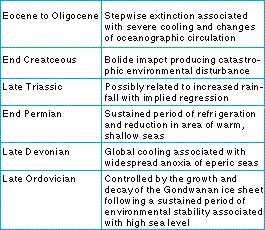New research from the University of Washington and Stanford University combines models of ocean conditions and animal metabolism with published lab data and paleoceanographic records to show that the Permian mass extinction in the oceans was caused by global warming that left animals unable to breathe. These five mass extinctions include the Ordovician Mass Extinction Devonian Mass Extinction Permian Mass Extinction Triassic-Jurassic Mass Extinction and Cretaceous-Tertiary or the K-T Mass Extinction.
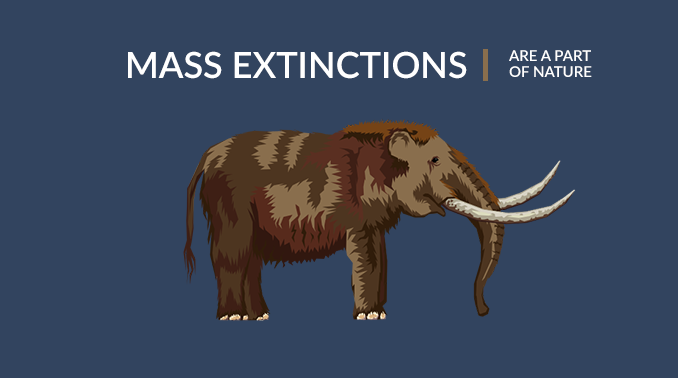 Mass Extinctions The 5 Biggest Dying Events In History Earth How
Mass Extinctions The 5 Biggest Dying Events In History Earth How
For example during the last 100000 years of the Pleistocene Epoch about 26 million to 11700 years ago some 40 percent of the existing genera of large mammals in Africa and more than 70 percent in North America South America and Australia went extinct.

Example of mass extinction. Over 99 percent of all species that ever lived on Earth have gone extinct. It also took a huge toll on terrestrial animals. Although the best-known cause of a mass extinction is the asteroid impact that killed off the non-avian dinosaurs in fact volcanic activity seems to have wreaked much more havoc on Earths biota.
About 65 million years ago in the Cretaceous period the earth had another mass extinction Campell. The best example of the latter is the Permian mass extinction. The end Cretaceous mass extinction 65 million years ago is famously associated with the demise of the dinosaurs.
The disappearance of the dinosaurs during the end-Cretaceous mass extinction 65 million years ago is perhaps the best known event but the end-Permian ca. The end Triassic mass extinction is estimated to have claimed about half of all marine invertebrates. Of all the mass extinctions the Permian and Cretaceous periods received the most action.
Five Mass Extinction Events Ordovician-Silurian Extinction Events. Extinction of species has occurred throughout the history of life on Earth but mass extinctions. Much less is known about the end of this prehistoric period than what is understood of the dinosaur mass extinction.
The rapid melting of the North American ice sheet meant that global sea levels rose 400 feet. The Permian mass extinction occurred about 251 million years ago and took about 96 of marine animals. Some of the biggest causes of mass extinctions include.
At the time many forms of multicellular life roamed the ocean. Evidence shows that a sixth mass extinction is occurring now. Five mass extinctions are recorded in the fossil record.
No matter how far back you look nature has found its way to reshuffle the deck. The only mass extinction to have been caused at least partially by humans the Quaternary Extinction Event wiped out most of the worlds plus-sized mammals including the woolly mammoth the saber-toothed tiger and more comical genera like the Giant Wombat and the Giant Beaver. Plants were also greatly affected while tropical marine life was.
Time and time again the reign of a species have fallen with an abrupt ending. At the end of the Permian sea level dropped perhaps about 200. They were caused by major geologic and climatic events.
A mass extinction or extinction event is the phenomenon in which many species of life on Earth become extinct in a relatively short period of time. One of the oldest mass extinctions this extinction event occurred nearly 450 million years ago. Despite this chaos life slowly diversified over.
Around 80 of all land quadrupeds also went extinct. As temperatures rose and the. The Younger Dryas was the time of the most recent mass extinctions when 75 of the worlds megafauna disappeared.
Scientists define a mass extinction as around three-quarters of all species dying out over a short geological time which is anything less than 28. Among several causes of mass extinction such as asteroid impacts widespread dissolved oxygen shortages plate tectonics and climatic change a mechanism-chain has currently developed to link the global warming and greenhouse gas discharge to. Although a mass extinction ended the dinosaurs they only evolved in the first place because of mass extinction.
Mass extinction refers to an extinction affecting a great many different groups of organisms occupying diverse and wide-spread environments. In the next section well take a look at the major mass extinction events which have occurred in the Earths past. The vast marine regression may have been the driving force behind a variety of environmental changes including a rise in carbon dioxide which led to increased temperature and oceanic anoxia.
Virtually no large land animals survived. Volcanic activity is implicated in at least four mass extinctions while an asteroid is a suspect in just one. Rates of extinction vary widely.
An extinction event also known as a mass extinction or biotic crisis is a widespread and rapid decrease in the biodiversity on EarthSuch an event is identified by a sharp change in the diversity and abundance of multicellular organismsIt occurs when the rate of extinction increases with respect to the rate of speciationThe number of major mass extinctions in the last 440 million. 251 million years ago extinction was without question the most profound.
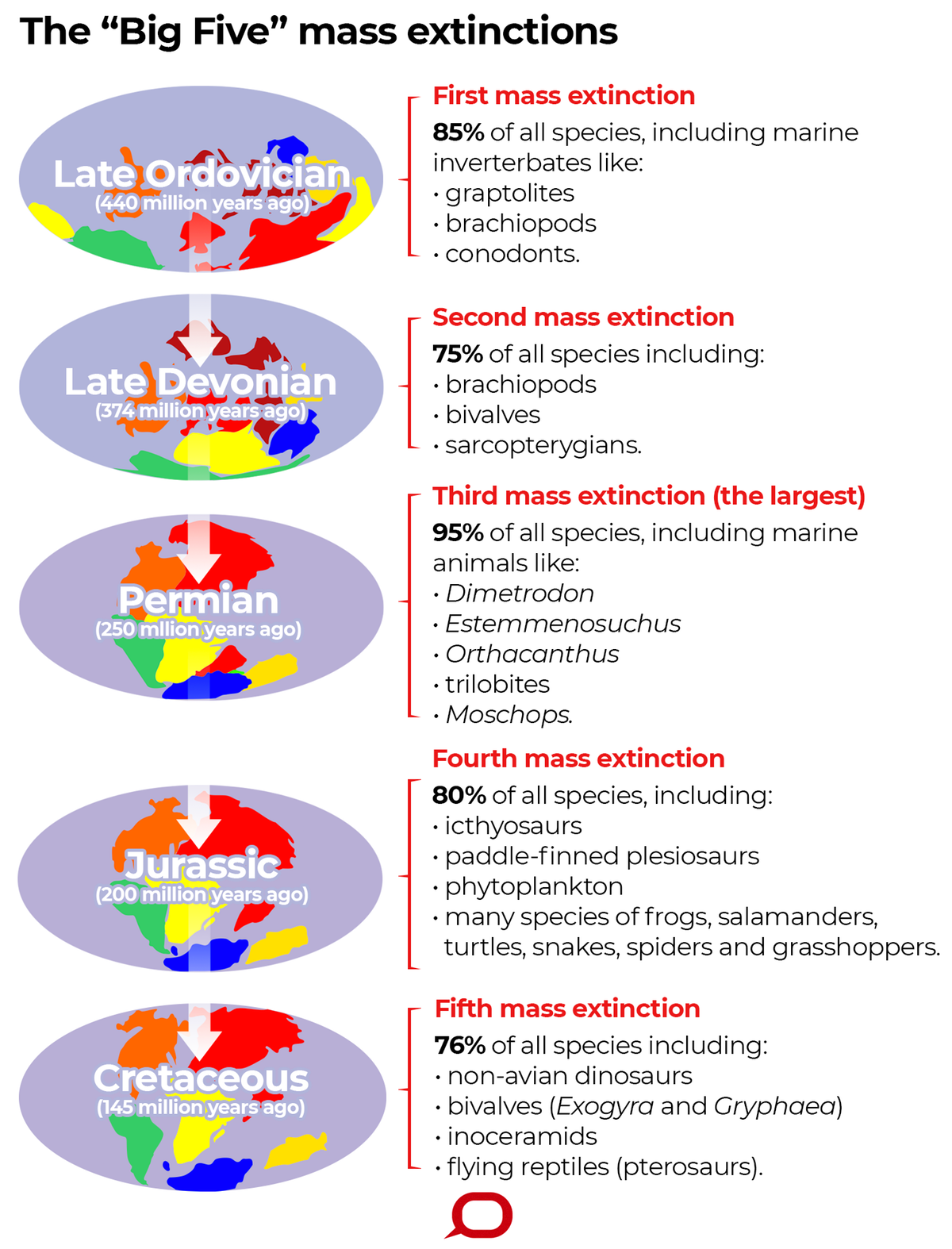 Are We Really In A 6th Mass Extinction Here S The Science
Are We Really In A 6th Mass Extinction Here S The Science
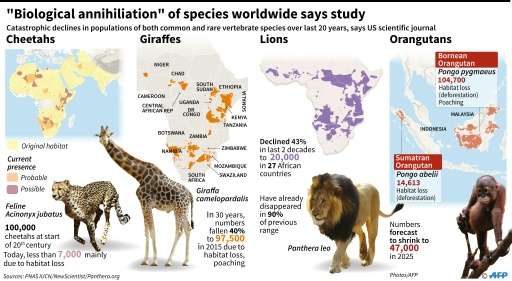 Earth S Major Mass Extinction Events
Earth S Major Mass Extinction Events
Difference Between Background Extinction And Mass Extinction Difference Between
 New Placement For One Of Earth S Largest Mass Extinction Events News And Events Curtin University Perth Western Australia
New Placement For One Of Earth S Largest Mass Extinction Events News And Events Curtin University Perth Western Australia
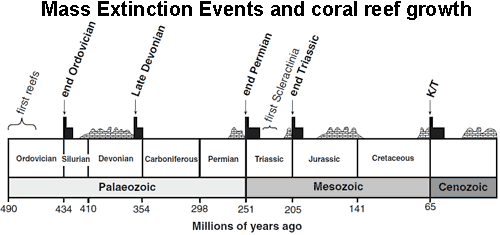 Earth S Five Mass Extinction Events
Earth S Five Mass Extinction Events
 Mass Extinctions The 5 Biggest Dying Events In History Earth How
Mass Extinctions The 5 Biggest Dying Events In History Earth How
